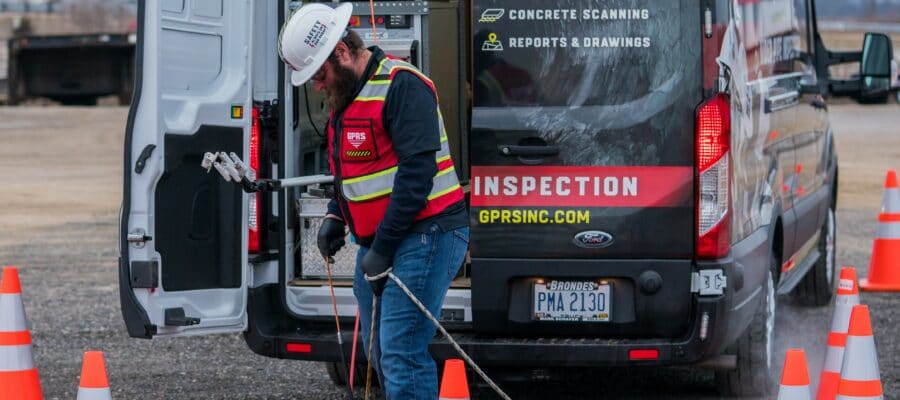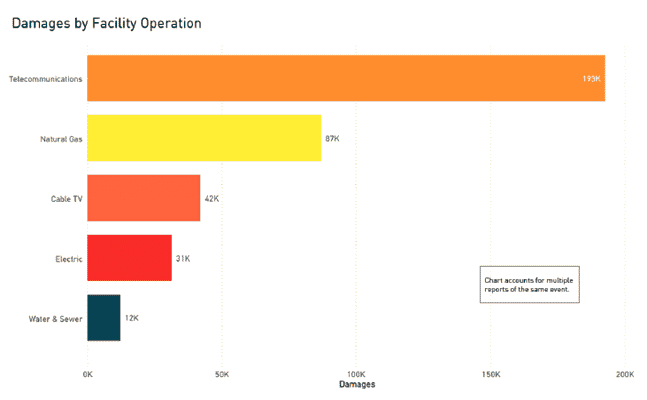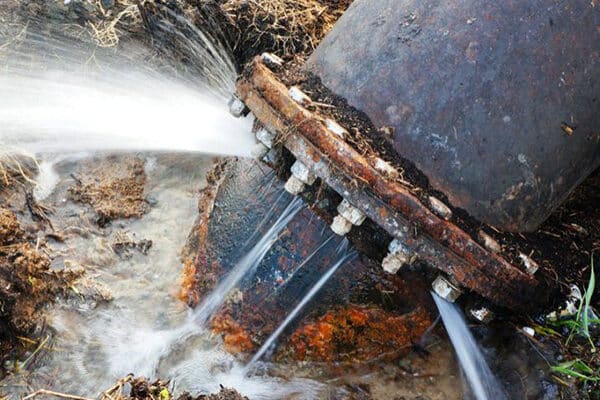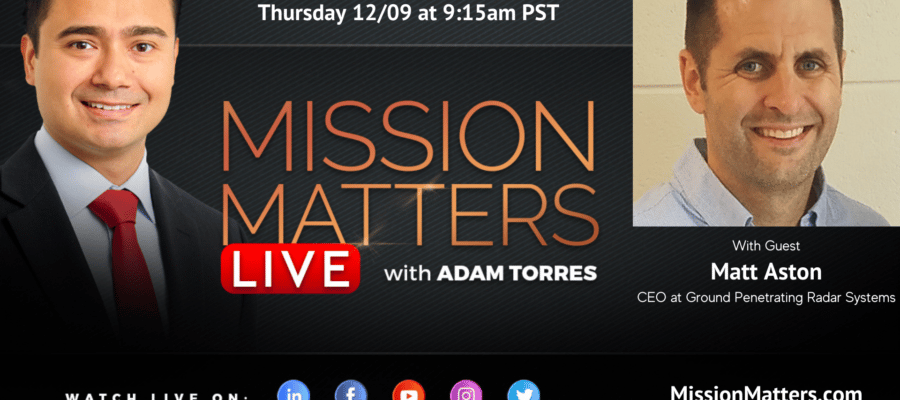It’s common for companies to purchase buildings and facilities for future business endeavors, but these buildings’ utilities are often not adequately marked. Poorly marked utilities can pose a severe hazard for facility managers, builders, and safety directors. Knowing where utilities and pipes are with certainty is an essential part of maintaining a safe facility and job site.
GPRS identifies and maps utilities and pipes through our state-of-the-art video pipe inspection equipment and our highly skilled Project Managers.










